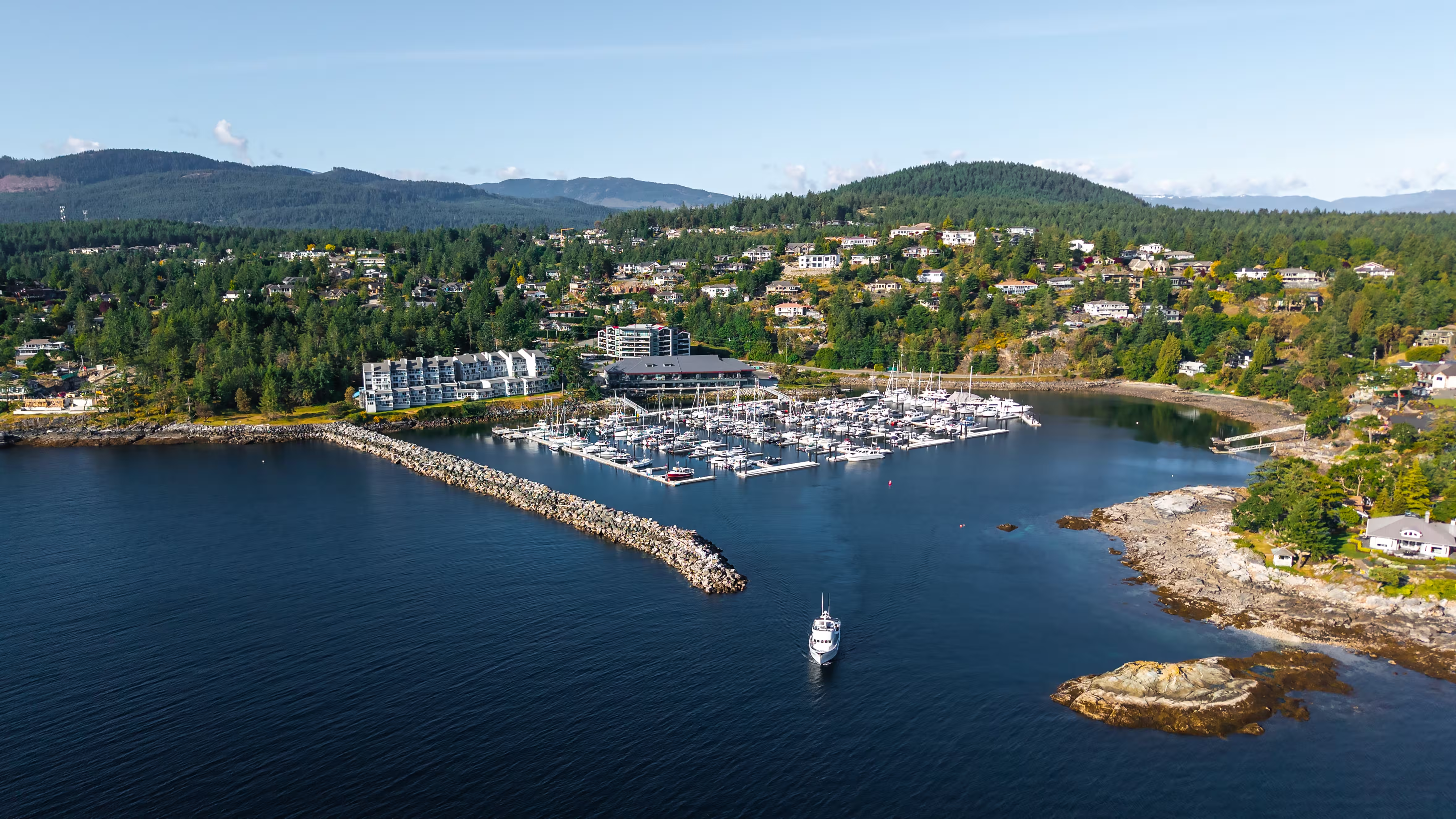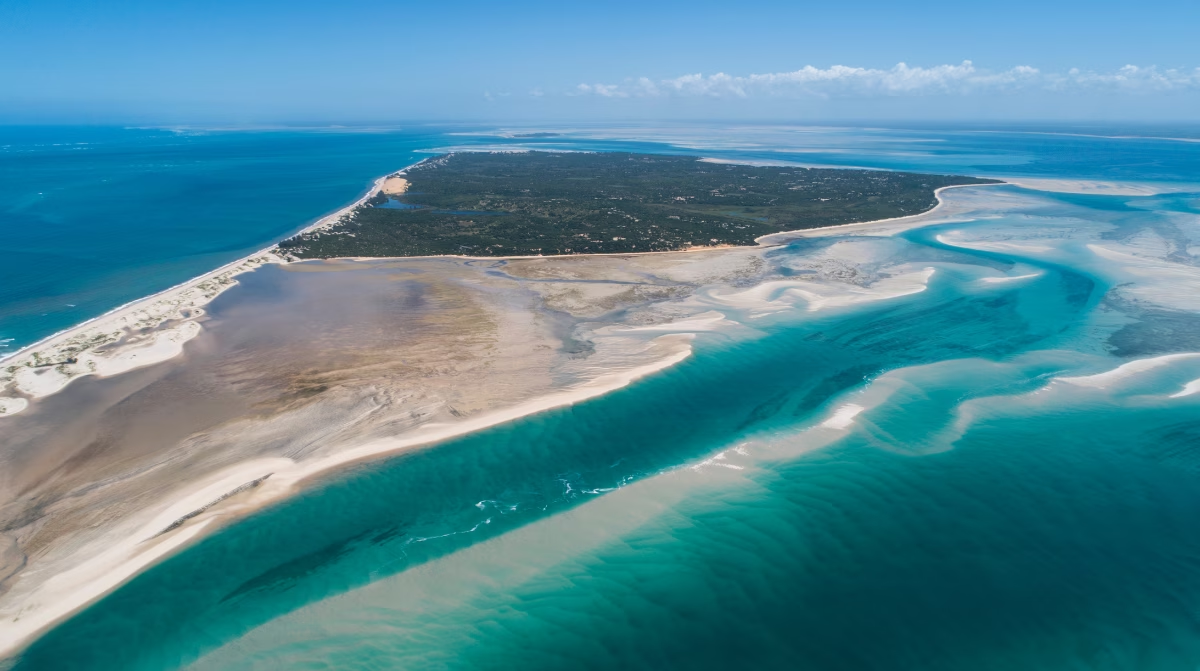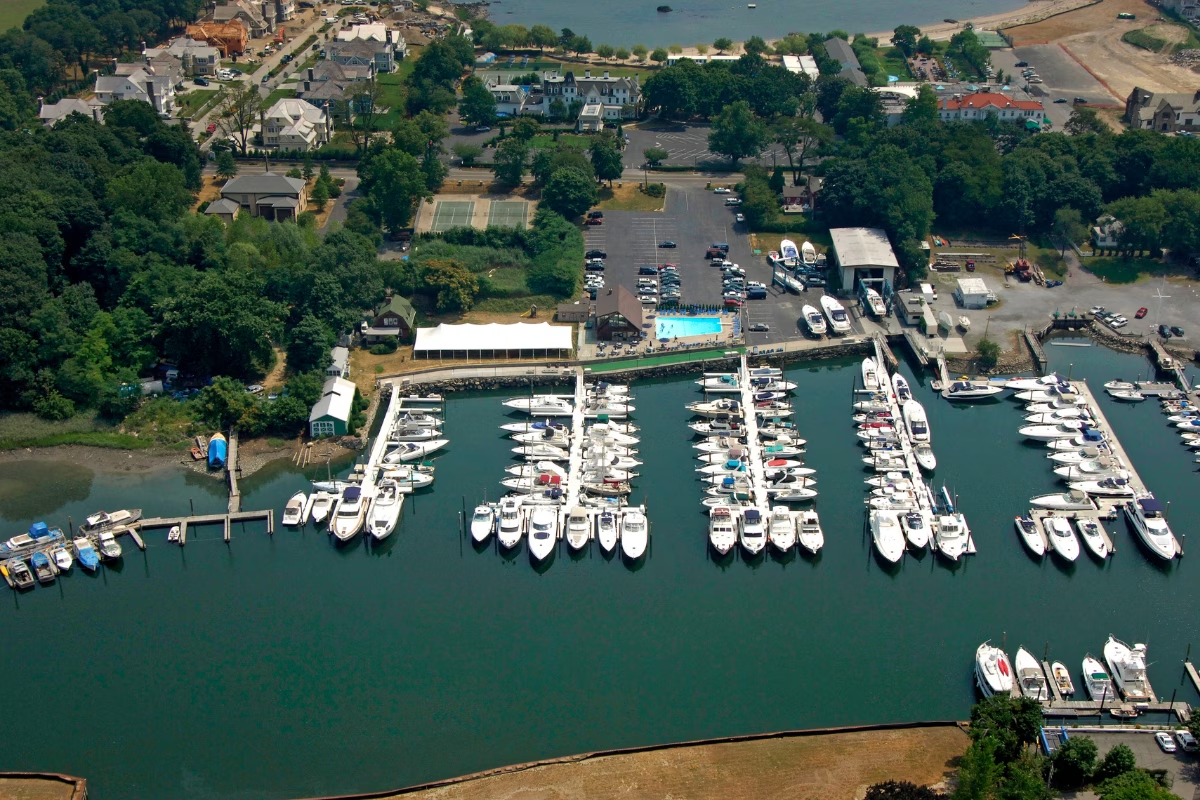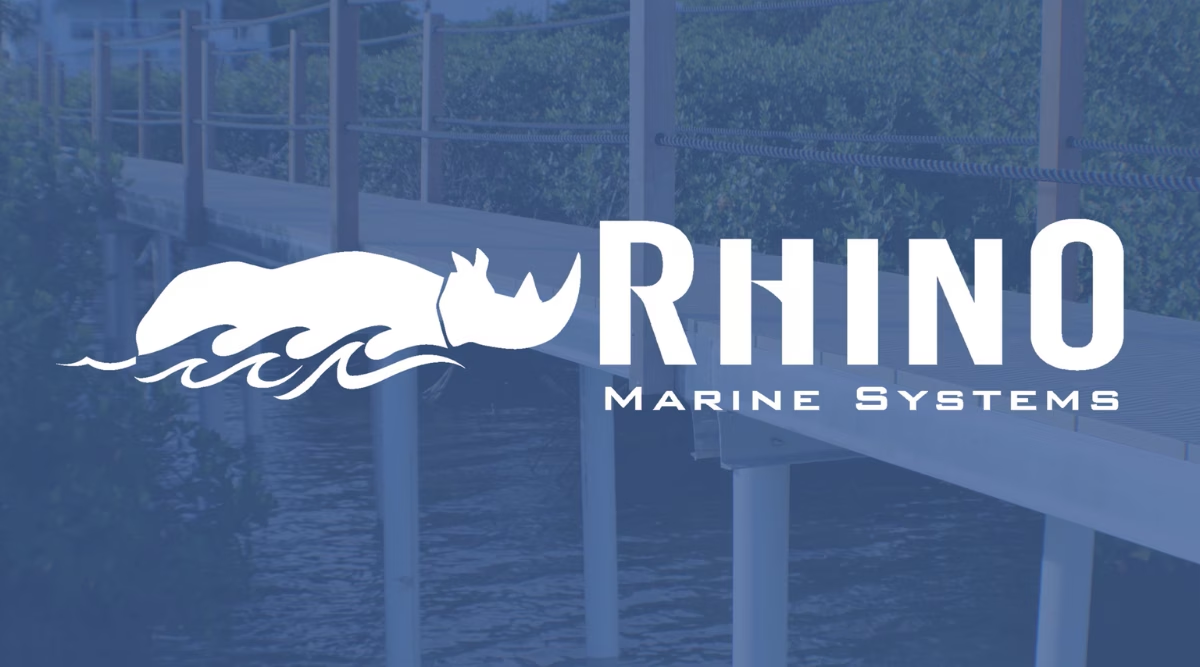Fairwinds Marina in scenic Schooner Cove on Vancouver Island, Canada, is not only a boating hub but a central part of the larger Fairwinds community, which includes a golf club, wellness club and a boutique collection of vacation rental properties. Always privately owned, the marina has undergone several upgrades over the years, the most recent being a significant rebuild driven by growing demand and evolving boater needs.

Originally intended as a three-phase, three-year project, the recent renovation was completed in just 22 months, largely motivated by the success of phase one and the enthusiasm of the team to take on the remaining phases.
“It also allowed us to navigate market uncertainty around construction and material costs,” adds Marina Manager Rowan Gloag, who managed the installation. “While the total slip count decreased, the new layout added over 300ft (91m) of dedicated visitor moorage, helping us better accommodate transient traffic.” This is significant as each year the marina welcomes hundreds of visiting vessels – particularly during peak cruising season – with most visits lasting one to three nights.
Construction and logistics
Originally built in the 1990s, the dock system was made of timber and catered mainly to smaller fishing and sailing vessels. “As the boating landscape changed so did demand, thus promoting a redesign to accommodate large boats,” Gloag says. “Although the total number of slips was reduced, the new configuration supports a higher proportion of vessels over 35ft (10.7m), reflecting modern boating trends.”
The new floating dock system is a hybrid arrangement designed by International Marine Floatation Systems (IMFS). The wave attenuator comprises large concrete breakwater elements that measure 16ft x 11ft x 8ft (4.88m x 3.35m x 2.44m) deep for year-round protection. The main concrete docks are 6ft 5in (1.96m) wide and 60ft (18.3m) long. One-piece concrete fingers are added for slips of 50ft (15.24m), and torque tube fingers enhance smaller slips.
In the older arrangement, one-third of the outer section was unusable during winter months due to wave disruptions from high winds, which compromised the stability and safety of wooden docks.
The logistics for the project involved transporting all concrete components, including one-piece fingers, main docks and breakwater sections, from the IMFS facility in Delta, British Columbia, to the marina in Nanoose Bay. This involved 16 towing trips over 52 miles (84km), each taking around 12 hours. Smaller elements were transported by road.
Installation was handled by Gloag and his team, with support and consultation from IMFS. The connection system for the concrete docks was designed for simplicity, utilising rubber blocks inserted into concrete pockets and secured with galvanised rods.

Enhancing the customer experience
The rebuilt marina has approximately 250 slips for annual or semi-annual lease, accommodating vessels from 25-80ft (7.6-24.3m). “Much like our golf course, the marina is a hub for locals who enjoy fishing, sailing and exploring the surrounding waters,” Gloag says. “The majority of our slip holders live in the Fairwinds community or nearby.”
Gloag says his biggest management challenge over the past 12 months was overseeing the marina upgrade. “I led the build team and was closely involved in the design and assembly of what we believe is a world-class facility. It was a demanding but incredibly rewarding experience. I’m proud of what we accomplished. The new marina is not only visually impressive, but also significantly more durable and low-maintenance compared to the ageing wooden docks it replaced. This means we can spend less time on repairs and more time enhancing the customer experience – whether that’s through community events, fishing derbies or sailing races.”
All slips have metered power, ranging from 15 to 100A, and free pump-out is available at the fuel dock, which offers both petrol (gasoline) and diesel. Plans have been made to accommodate electric boats, however. “Our state-of-the-art electrical system is future-ready and able to support electric vessels as adoption increases. We’re committed to sustainable practices and excited to see where this growing segment leads,” says Gloag.
A similarly proactive approach is taken to security. Fairwinds Marina is equipped with 4K surveillance and key fob-controlled gates, and daily dock inspections are undertaken by staff.
_converted.avif)
Sense of community
The sense of community is strong at Fairwinds, and owner Seacliff Properties provides seamless integration between the marina, golf club, wellness club and vacation rentals. A complimentary shuttle service is available to transient boaters for easy access to all amenities and the marina takes slip reservations directly by phone.
“We value the personal connection and find that a phone call allows guests to ask questions, choose the best slip for their needs and learn more about nearby amenities – including our waterfront restaurant,” says Gloag.
There’s also always an eye to the future. Expansion capabilities have been integrated into the new dock design, allowing for 22 additional 50ft (15.2m) slips and a potential extension of up to 137ft (41.8m) for transient moorage. Furthermore, guests will always continue to enjoy Fairwinds offerings such as golfing year-round, dining at Nanoose Bay Cafe and Greenview Taphouse, and exploring the many beaches and scenic hiking trails in the region.
Gloag sums up: “Fairwinds Marina isn’t just a place to dock your boat – it’s the heart of an active coastal lifestyle. We’re proud to be part of a community that values connection, adventure and exceptional service.”
This article was also published in issue 150 of Marina World magazine. Click here to read the online version.








